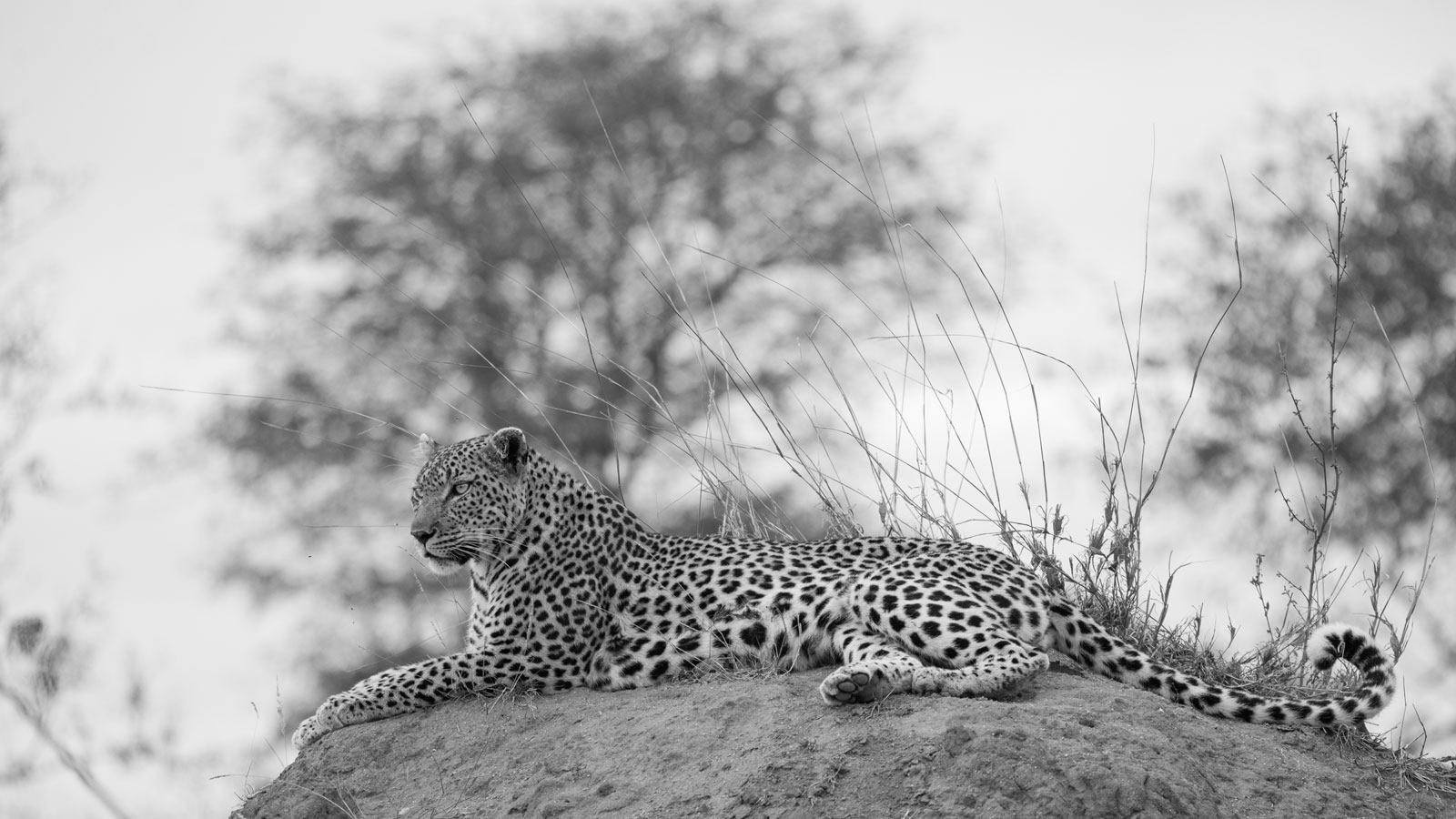The big five is a term used to describe 5 of Africa’s most dangerous animals to encounter on foot, but it wasn’t initially coined as a “tourism” word until more modern times. Many years ago, when hunting was popular, hunters from a bygone era would head out on foot to capture their trophy. While conducting these hunts the skilled marksmen would carefully approach their prey in the hopes of walking away with a rare trophy from Africa.
During their expeditions, they came across a handful of big game and predators that proved extremely tricky to hunt. They dubbed these animals the big five – the ones to be wary of while on foot. it was only many years later that the term hit mainstream media, and filtered through to the tourism industry. It now has positive connotations and takes on a more gentle meaning.
So, what are the big five on safari? The big five are lion, leopard, rhino, buffalo and elephant. Hunters quickly realised that capturing one of these animals proved to be quite a feat. Lions are powerful and are exceptionally quiet. They attack in prides or coalitions and will surround you if under threat. Rhino will charge and throw you in the air, elephants never forget and stampede towards you, and leopards are elusive and ruthless. Buffalo Bulls (dagga boys) are filled with revenge and will come back to find the being that wronged them!
Fast forward to modern times, and we find that the big five takes on a more gentle meaning. It is now synonymous with a safari to Africa, and many visitors to southern Africa see their safari sojourn as incomplete without having tracked and spotted the big five.
Let’s find out a bit about Africa’s big five.
Leopards: Our leopards are elusive and solitary cats. They are opportunistic when comes to taking down prey, and stash their kills in the tops of trees out of the way of notorious scavengers. They’re nocturnal and move with grace and stealth. They relax in treetops, in drainage lines and hide out beneath low lying shrubbery. They move back and forth from their prey and are constantly on the move; making them the hardest of the big five to spot.

Lions: Male lions tend to form coalitions and females with their young remain in prides. Males generally govern one or more prides, but they tend to spend a great deal of time patrolling territory and scent marking areas. They hunt together and create exquisite formations prior to a takedown.
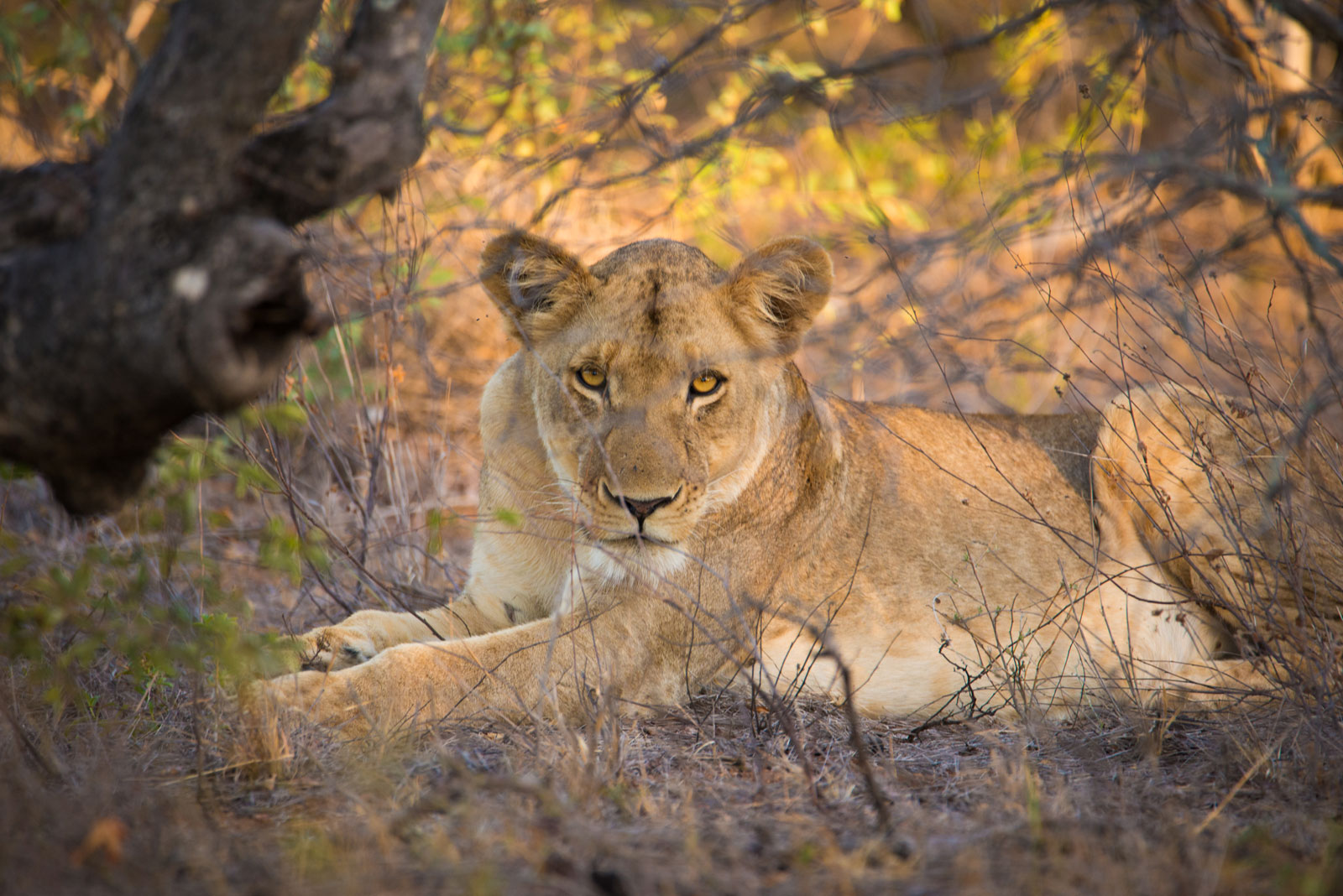
Rhino: Rhino should be at the top of your safari bucket list. These pre-historic animals are fast becoming extinct and there are numerous organisations set-up to protect these sturdy herbivores. Both black and white rhino are found in the Greater Kruger. Rhino are defensive towards humans and the black rhino is particularly aggressive.
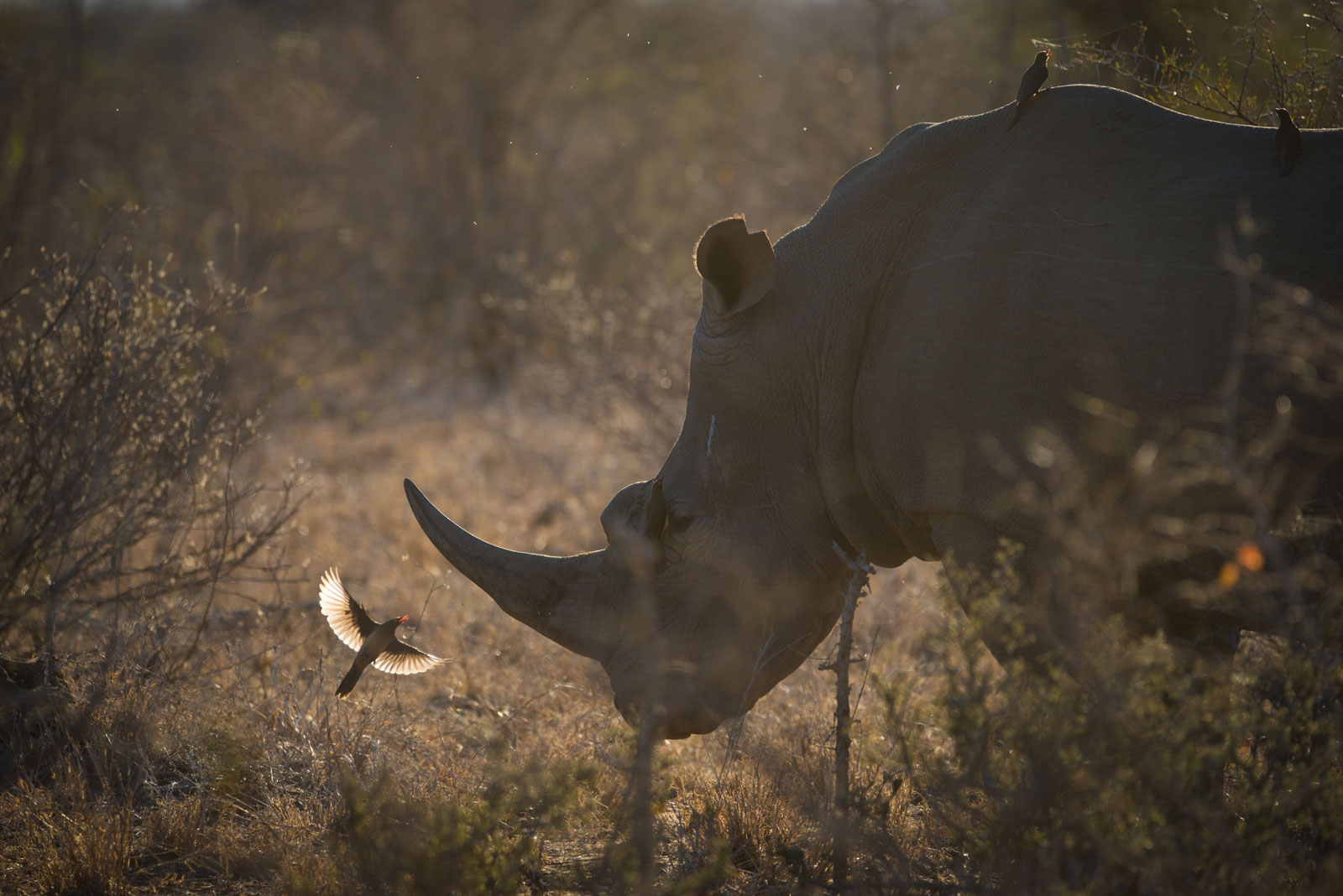
Buffalo: Buffalo are obstinate bovids and definitely one of the most dangerous of the big five. They live in herds and bulk graze their way through tons of coarse vegetation throughout the day. They need to drink on a daily basis, and the herds are led by a pathfinder. Older bulls are ousted from the herds and spend their days wallowing in mud. They are commonly called “Dagga boys”, and are notoriously aggressive.
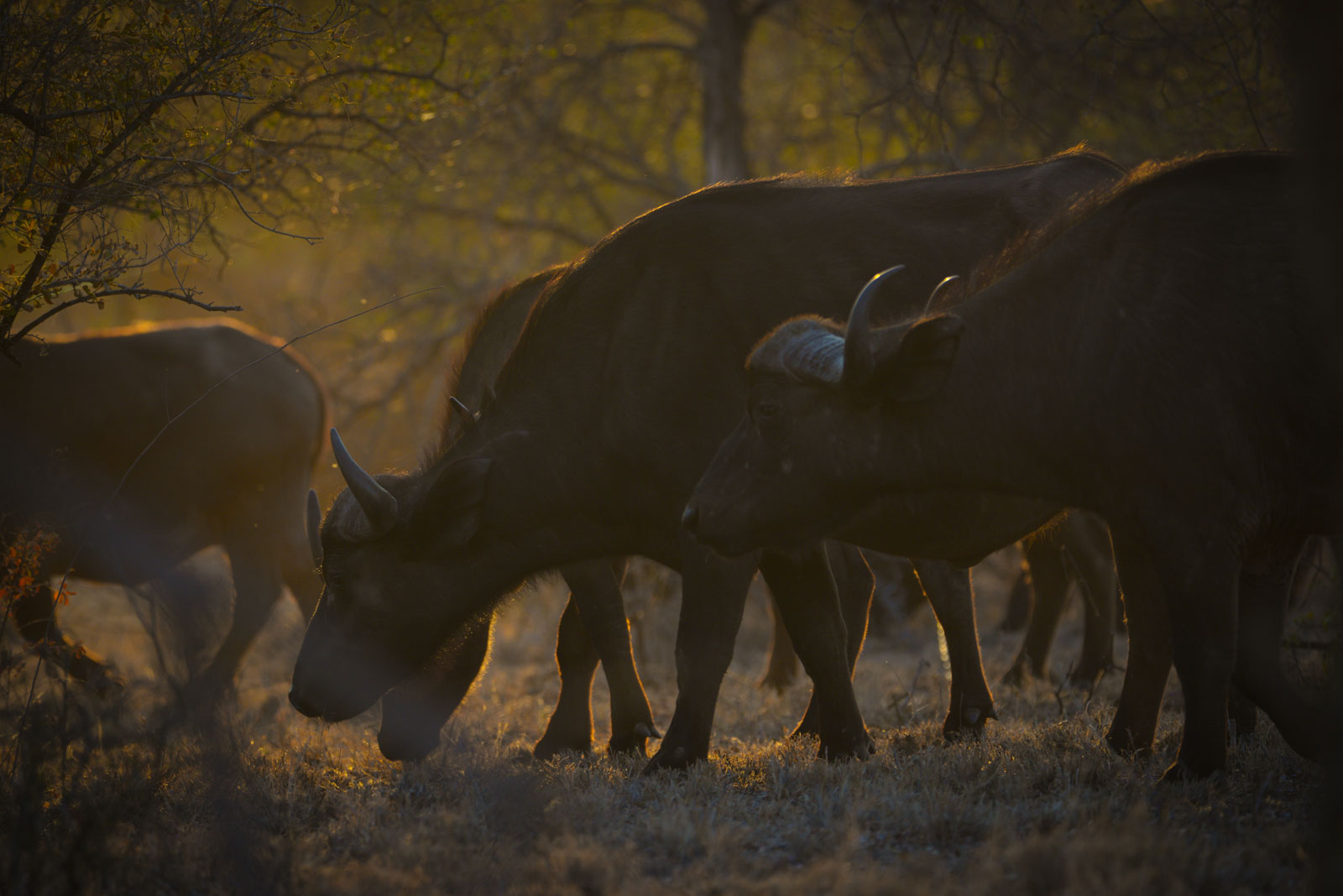
Elephant: Find the waterholes, find the elephants! Herds are made up of related females and they’re governed by a matriarch. The young bulls tend to leave their herd and spend their time in bachelor herds. Related individuals from herds often meet up at waterholes, which is why you will see numerous at herds at one time. Emotional, intelligent and protective; elephants certainly are a favourite to spot on safari.
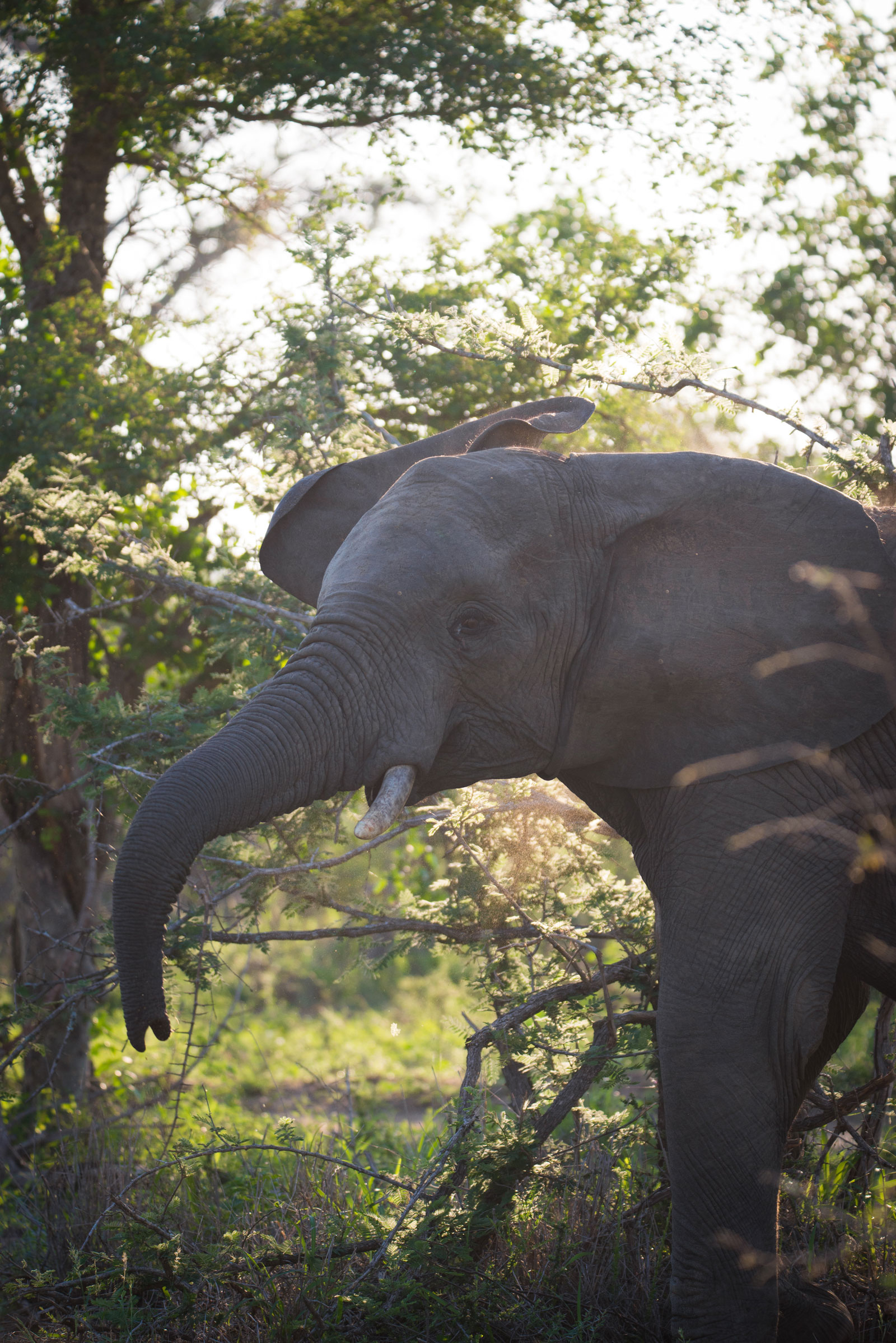
We hope that you’ve found out all you needed to know about the big five on safari.

